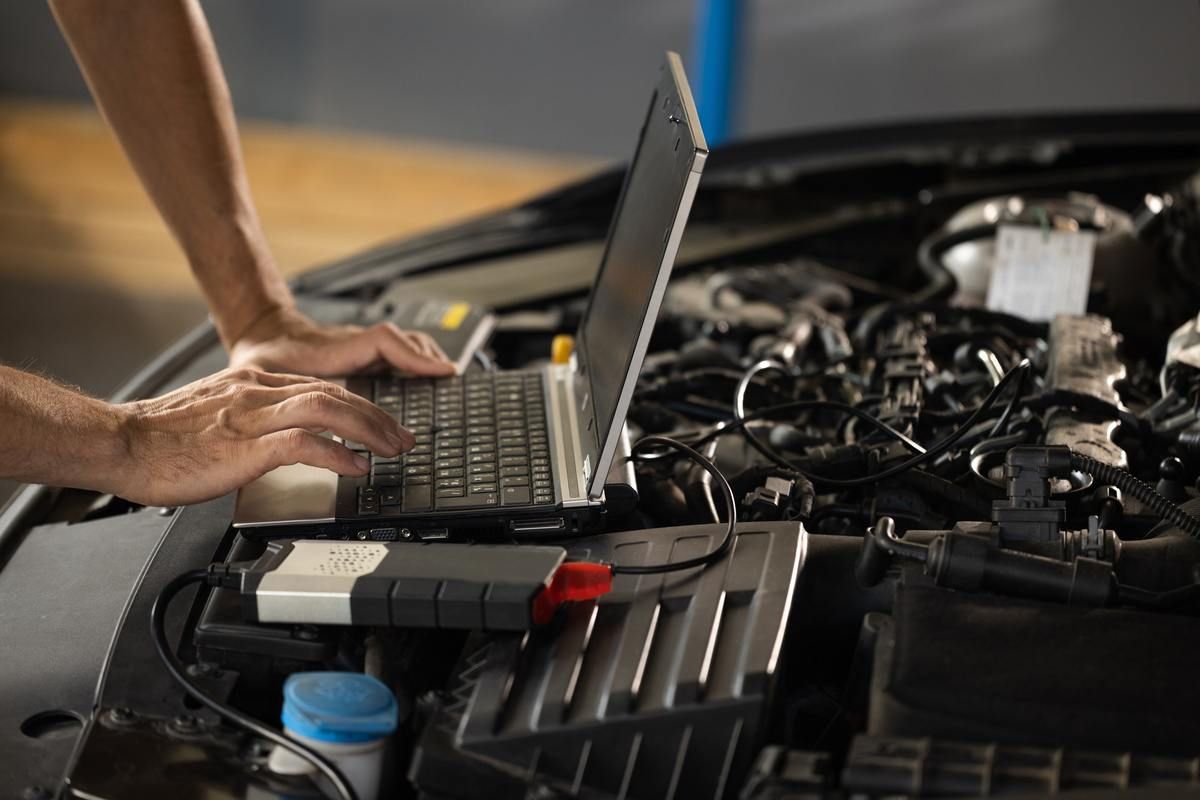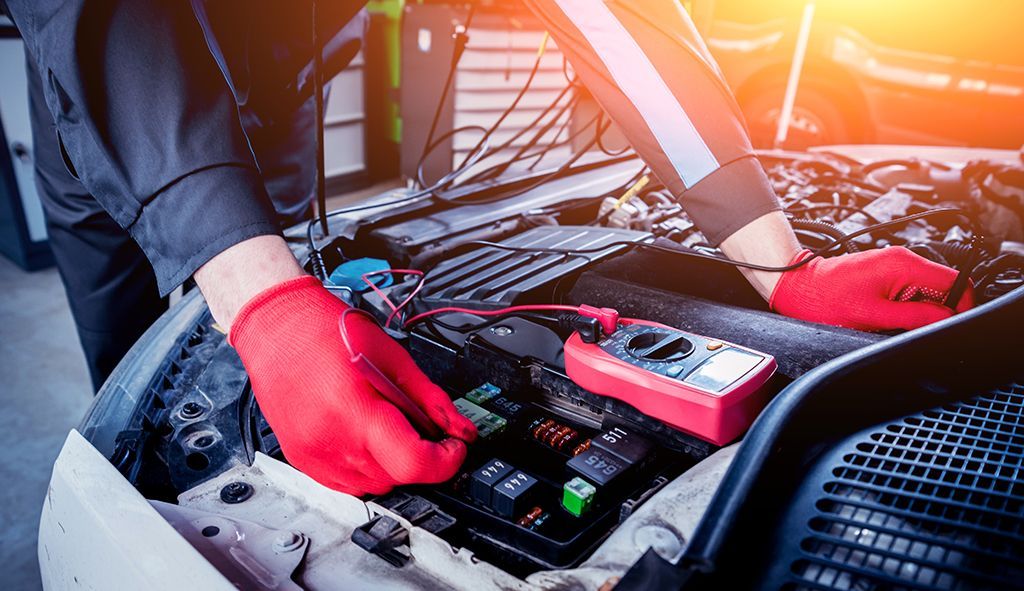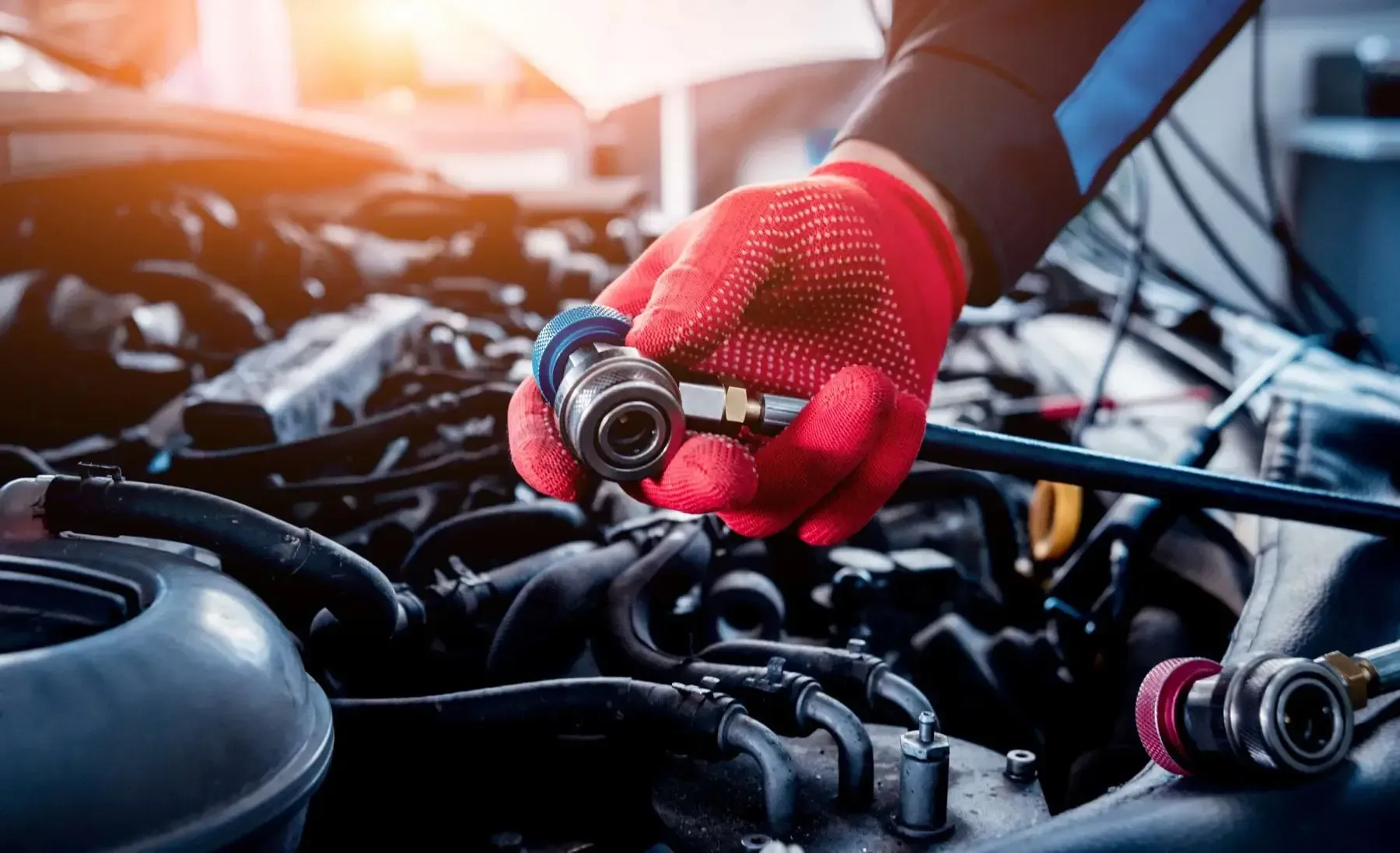Call us or text us: (803) 853-4553
Mon - Fri 7:00 AM - 4:00 PM
Blog Layout
Why Your Check Engine Light Isn’t Always a Panic Moment
Victor Stewart • February 27, 2025
Why Your Check Engine Light Isn’t Always a Panic Moment
The check engine light—a small, often ominous-looking icon on your car’s dashboard—has the power to strike fear into the hearts of even the most experienced drivers. When it illuminates, it’s easy to assume the worst: a costly repair, a breakdown on the side of the road, or even a complete engine failure. However, while the check engine light (CEL) is an important warning system, it doesn’t always signal a catastrophic problem. In many cases, it’s simply your car’s way of telling you that something needs attention, but not necessarily immediate panic. Understanding why the check engine light comes on, what it means, and how to respond can save you time, money, and unnecessary stress.
What Does the Check Engine Light Actually Mean?
The check engine light is part of your vehicle’s onboard diagnostics system (OBD-II), which monitors the performance of your engine, transmission, and emissions system. When the system detects an issue—whether it’s a minor glitch or a serious malfunction—it triggers the light to alert you. The OBD-II system stores a corresponding trouble code, which can be read using a diagnostic tool to pinpoint the problem.
It’s important to note that the check engine light doesn’t differentiate between minor and major issues. It simply indicates that something is outside the normal operating parameters. This is why the light can come on for reasons ranging from a loose gas cap to a failing catalytic converter.
Common Reasons the Check Engine Light Comes On
Before you panic, consider some of the most common reasons the check engine light might illuminate. Many of these issues are relatively minor and can be addressed without a trip to the mechanic.
1. Loose or Faulty Gas Cap
One of the most frequent causes of a check engine light is a loose, damaged, or missing gas cap. The gas cap seals the fuel system and helps maintain proper pressure in the fuel tank. If it’s not tightened properly or is cracked, it can trigger the light. Fortunately, this is an easy fix. Simply tighten the cap or replace it if necessary, and the light should turn off after a few drive cycles.
2. Oxygen Sensor Malfunction
The oxygen sensor measures the amount of unburned oxygen in your exhaust system and helps regulate fuel efficiency. A faulty sensor can reduce gas mileage and increase emissions, but it’s not an emergency. While it’s important to replace a bad oxygen sensor eventually, your car is still drivable in the short term.
3. Catalytic Converter Issues
The catalytic converter reduces harmful emissions by converting exhaust gases into less harmful substances. If it fails, your car’s performance will suffer, and you may notice reduced fuel efficiency or a rotten egg smell. While this is a more serious issue, it’s not an immediate danger, and you’ll have time to address it.
4. Spark Plug or Ignition Coil Problems
Faulty spark plugs or ignition coils can cause misfires, which trigger the check engine light. While this can affect your car’s performance, it’s usually not a critical issue. Replacing spark plugs or coils is a routine maintenance task that can often be done at home.
5. Mass Airflow Sensor Failure
The mass airflow sensor measures the amount of air entering the engine to ensure the correct fuel-to-air ratio. A malfunctioning sensor can lead to poor acceleration and reduced fuel efficiency. While it’s important to fix this issue, it’s not an emergency.
6. Exhaust Gas Recirculation (EGR) Valve Issues
The EGR valve helps reduce emissions by recirculating a portion of exhaust gases back into the engine. If it becomes clogged or fails, it can trigger the check engine light. This issue can often be resolved with a cleaning or replacement.
7. Evaporative Emissions Control System Leak
This system captures and recycles fuel vapors to prevent them from escaping into the atmosphere. A leak in the system, often caused by a cracked hose or loose gas cap, can trigger the check engine light. While it’s important to fix the leak, it’s not an urgent problem.
When Should You Be Concerned?
While many check engine light issues are minor, there are times when the light indicates a more serious problem that requires immediate attention. Here are some signs that you should take your car to a mechanic right away:
Flashing Check Engine Light: A flashing check engine light is a serious warning that indicates a severe engine misfire or other critical issue. Continuing to drive with a flashing light can cause damage to the catalytic converter or other components.
Loss of Power or Performance:
If your car is struggling to accelerate, stalling, or running rough, the check engine light may be signaling a major problem, such as a failing fuel pump or timing belt.
Overheating: If the check engine light comes on along with the temperature warning light, your engine may be overheating. This can lead to catastrophic damage if not addressed immediately.
Unusual Noises or Smells: Strange noises, such as knocking or rattling, or unusual smells, like burning oil or gasoline, can indicate serious issues that require prompt attention.
How to Respond to the Check Engine Light
When the check engine light comes on, your response will depend on the severity of the issue. Here’s a step-by-step guide to help you navigate the situation:
1. Check for Obvious Issues
Start by checking for simple problems, such as a loose gas cap or visible damage to the engine bay. If you find an obvious issue, address it and see if the light turns off after a few drive cycles.
2. Use an OBD-II Scanner
An OBD-II scanner is a handy tool that can read the trouble codes stored in your car’s computer. These codes provide clues about the problem, such as “P0420” for a catalytic converter issue or “P0171” for a lean fuel mixture. You can purchase an OBD-II scanner online or borrow one from an auto parts store.
3. Research the Trouble Code
Once you have the trouble code, look it up online or consult your car’s manual to understand what it means. This will help you determine whether the issue is minor or requires professional attention.
4. Decide Whether to Drive or Seek Help
If the issue is minor and your car is running normally, you can continue driving while you schedule a repair. However, if the light is flashing or you notice performance issues, it’s best to pull over and call for assistance.
5. Visit a Mechanic if Necessary
If you’re unable to diagnose or fix the problem yourself, take your car to a trusted mechanic. They can perform a thorough inspection and recommend the appropriate repairs.
Preventing Check Engine Light Issues
While some check engine light issues are unavoidable, there are steps you can take to reduce the likelihood of encountering them:
Perform Regular Maintenance: Follow your car’s maintenance schedule, including oil changes, spark plug replacements, and air filter changes. This will help keep your engine running smoothly and prevent many common issues.
Use Quality Fuel:
Low-quality fuel can lead to carbon buildup and other problems that trigger the check engine light. Stick to reputable gas stations and consider using fuel additives to clean your fuel system.
Inspect the Gas Cap: Make sure your gas cap is always tightened securely after refueling. If it’s damaged, replace it promptly.
Address Warning Signs Early:
If you notice any unusual symptoms, such as reduced performance or strange noises, address them before they escalate into bigger problems.
The Bottom Line
The check engine light is a valuable tool that helps you stay informed about your car’s health, but it’s not always a cause for panic. By understanding what the light means, knowing how to respond, and taking preventive measures, you can save yourself time, money, and stress. The next time the check engine light comes on, take a deep breath, assess the situation, and remember that it’s not always a disaster. With the right approach, you can keep your car running smoothly and avoid unnecessary trips to the mechanic.
Follow us
Turnage Auto Care Center
Call us or text us: (803) 853-4553
4732b Augusta Rd, Lexington, SC 29073
Mon - Fri 7:00 AM - 4:00 PM
Services
List of Services
-
Air Conditioning RepairAir Conditioning Repair
-
Electrical System Repair in Lexington, SCElectrical System Repair in Lexington, SC
-
Computer DiagnosticsComputer Diagnostics
-
Vehicle InspectionsVehicle Inspections
-
Hybrid RepairHybrid Repair
-
Fleet ServiceFleet Service
-
Engine RepairEngine Repair
-
Oil ChangeOil Change
List of Services
-
Air Conditioning RepairAir Conditioning Repair
-
Electrical System Repair in Lexington, SCElectrical System Repair in Lexington, SC
-
Computer DiagnosticsComputer Diagnostics
-
Vehicle InspectionsVehicle Inspections
-
Hybrid RepairHybrid Repair
-
Fleet ServiceFleet Service
-
Engine RepairEngine Repair
-
Oil ChangeOil Change
Follow us
Turnage Auto Care Center
Call us or text us: (803) 853-4553
4732b Augusta Rd, Lexington, SC 29073
Mon - Fri 7:00 AM - 4:00 PM




© 2024 Turnage Auto Care Center. All Rights Reserved. Website managed by
Shopgenie





